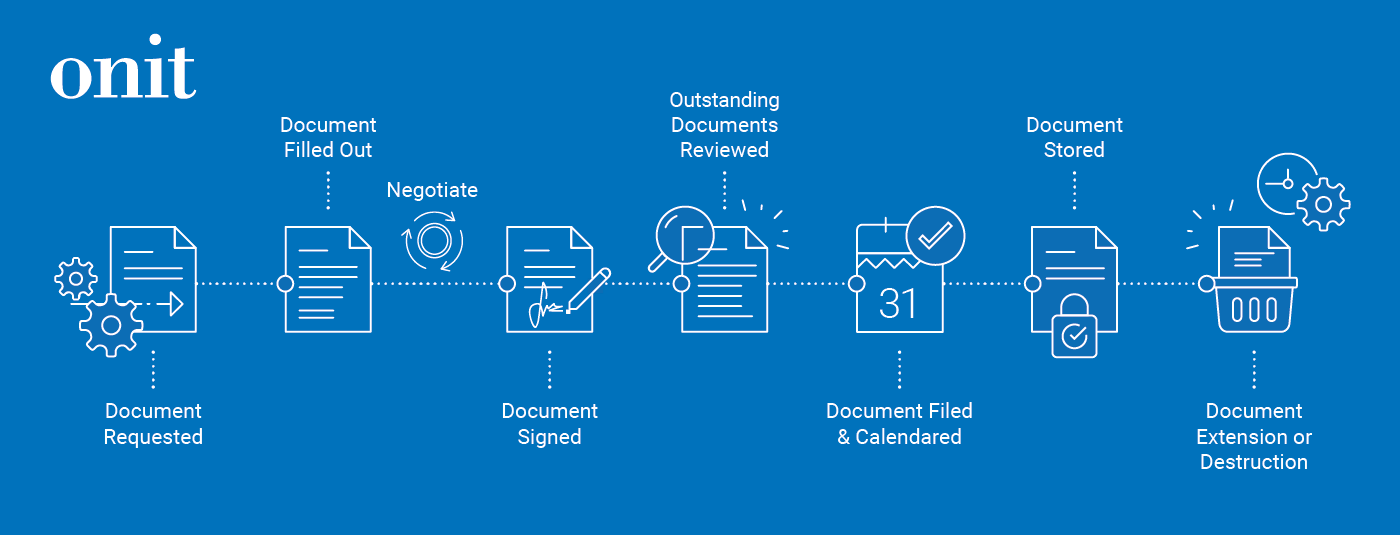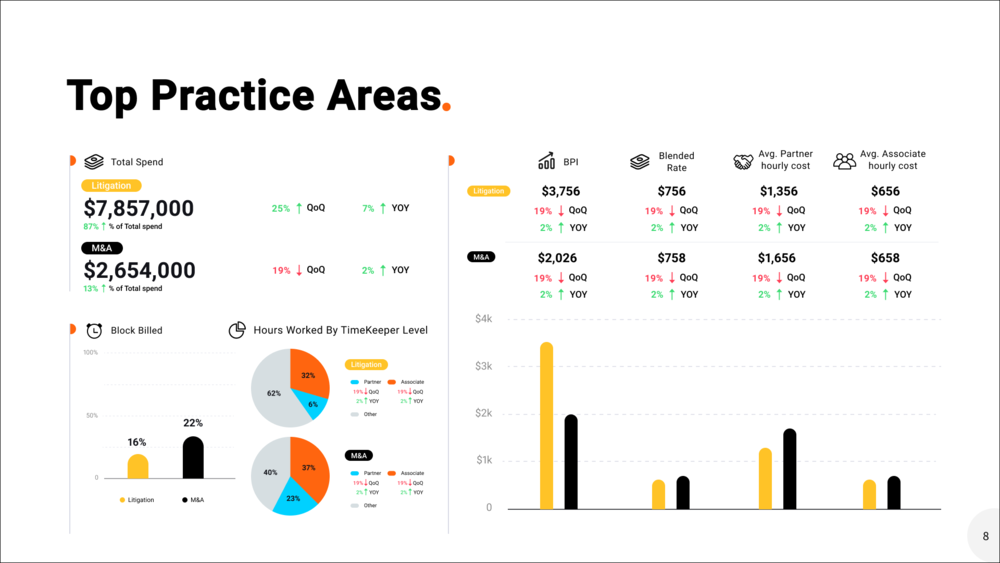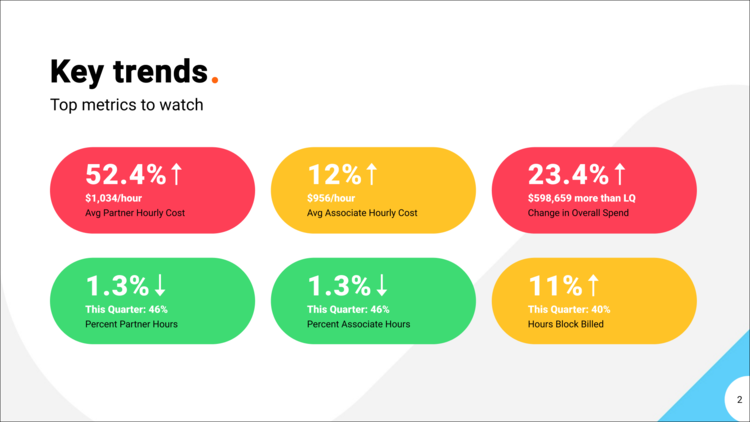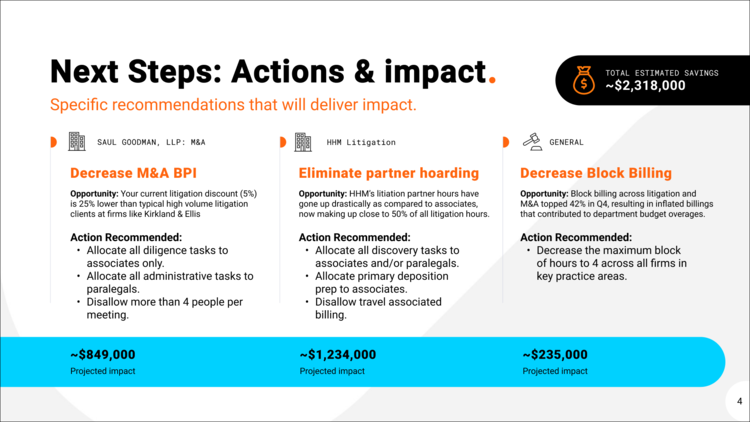
The legal industry has been undergoing a technological revolution in the past decade, and few technologies have been having a more significant impact than artificial intelligence. Lawyers everywhere are curious to know how artificial intelligence will affect the practice of law.
 Nick Whitehouse, GM of the Onit AI Center of Excellence, recently sat down with Jared Correia, host of Above the Law’s Non-Eventcast podcast (available on Apple and Spotify), to discuss how AI impacts the legal world. Spoiler alert: it’s not Terminator time just yet.
Nick Whitehouse, GM of the Onit AI Center of Excellence, recently sat down with Jared Correia, host of Above the Law’s Non-Eventcast podcast (available on Apple and Spotify), to discuss how AI impacts the legal world. Spoiler alert: it’s not Terminator time just yet.
The conversation started with an icebreaker about the latest Pixar movie, Lightyear, which proved to be an ideal segue into the topic of AI. Pixar is a prime example of how you can find success by using computers to do things differently.
Nick and Jared then discussed lawyers’ current attitudes toward AI and the lack of understanding about what AI truly is. To many, AI is an amorphous concept, made up of technical terms like “algorithms” and “machine learning” that aren’t always easily understood. Nick provides some handy definitions to clarify the terms.
How Artificial Intelligence Will Affect the Practice of Law
AI can have a tremendous amount of value for corporate legal departments and law firms. Consider areas of routine work that involve a lot of data. AI brings efficiency to many traditionally time-consuming tasks, like due diligence, document preparation, eDiscovery, transcription, contract lifecycle management, and billing. With the time saved, lawyers can focus on more complex and meaningful tasks than administrative or manual work.
According to Nick, the reality is that most lawyers are likely already using AI even if they don’t realize it. The emerging technologies will continue to reshape the legal landscape. Technologies like chatbots and robotic process automation are rapidly changing the way lawyers practice law. AI is helping lawyers understand what clients want and assisting with the work that meets those needs. Whether it’s drafting contracts, answering billing queries, automating administrative work or something else, AI is making it an exciting time to be a lawyer. The time to start experimenting and capitalizing on AI is now, so lawyers can gain a competitive advantage going forward.
When you discuss how artificial intelligence will affect the practice of law, it’s helpful to understand what will happen in the near future. What can we expect from AI in the future? As Nick explains, we’ll see AI increasingly used for contract management, matter management and billing. For in-house teams, AI will be applied more often to managing assets. At law firms, it will be harnessed more and more for determining proper fees, billing, data management and back-office productivity.
You can find the entire Non-Eventcast podcast on Apple and Spotify to hear Nick and Jared’s entire discussion of all things legal AI.
To learn more about how artificial intelligence will affect the practice of law, we recommend the following resources.
- AI-Based Contract Management: What to Look For and How to Get Started
- The Latest Advancement For AI in Spend Analytics: Finding Legal Invoice Errors “Between the Rules” with InvoiceAI
- With the Rising Use of AI In Legal Services, What Should In-House Counsel Look For?
- To AI or Not to AI: The Great Debate on Legal AI Tools
- How to Alleviate the NDA Strain
- What Do Lawyers Really Want From Contract AI?
Contact Onit today for more information about how AI powers contract lifecycle management, enterprise legal management and more offerings for corporate legal.













